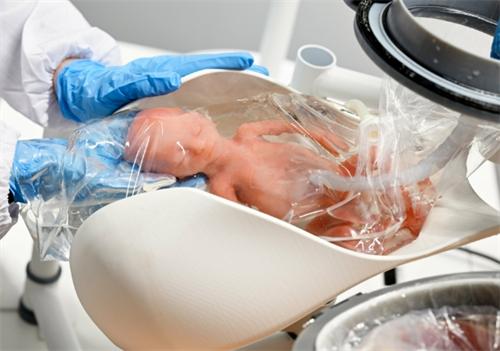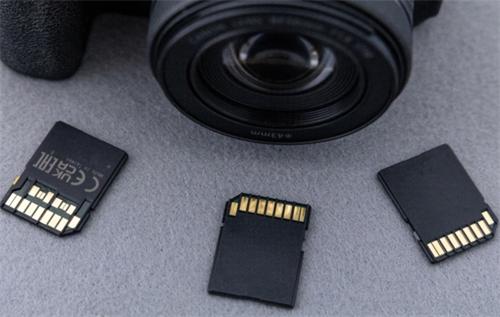Breakthrough in Artificial Womb Technology: Opening a Window of Life for Extremely Premature Infants

In an operating room at the First Affiliated Hospital of Zhengzhou University, a historic medical experiment is quietly unfolding. A fetal lamb, equivalent in development to a seven-month human preterm infant, is carefully placed into a bio-bag filled with artificial amniotic fluid. Through precisely connected blood vessels, the lamb survives for 90 minutes outside the mother's womb. Though brief, this marks the world's first successful application of "ECMO-free artificial womb" technology, a major milestone that brings new hope for saving extremely premature infants.
The core of artificial womb technology lies in replicating the natural environment of the uterus. While traditional extracorporeal membrane oxygenation (ECMO) can sustain life, it carries high risks of blood clots, bleeding, infection, and is costly to maintain. The Zhengzhou University team introduced an innovative ECMO-free approach by directly connecting the fetal lamb’s circulatory system to that of the mother sheep, creating a more natural and safer life-support system. In the experiment, the lamb was delivered from the mother, its umbilical arteries and veins separated and connected to the maternal circulation. Eventually, after fully severing the umbilical cord, the lamb continued to survive independently in the artificial amniotic environment.
The significance of this breakthrough lies not only in the technical innovation, but also in the potential to redefine treatment strategies for extremely premature infants. While medical interventions for infants born after 28 weeks have become increasingly successful, those born before 24 weeks—whose lungs are often severely underdeveloped—remain incredibly difficult to save. Artificial womb technology could fill this critical gap, offering fragile lives a chance to continue developing.
Viewed from a broader perspective, the implications go beyond medicine. With rising educational attainment and evolving social roles for women, the burden of childbearing has become a pressing concern for younger generations. The development of artificial wombs may one day offer new reproductive options. In theory, such technology could allow not only mothers but even fathers—or any compatible individual—to participate in gestation, raising profound questions about family structures and reproductive ethics.
Still, the road from laboratory to clinical application is long. The Zhengzhou team has outlined a three-stage research roadmap: an ECMO-assisted phase, a fully ECMO-free phase, and finally, a “fully digitized” phase. The ideal artificial womb would not only provide nutrition, but also simulate maternal influences such as voice, touch, and emotional signals. While that ultimate vision remains distant, each technical milestone moves us closer.
From an ethical standpoint, artificial wombs spark less controversy than interventions like gene editing, since they do not alter genetic material. When used specifically to support late-stage pregnancies and rescue extremely premature infants, the technology is generally seen as ethically acceptable. However, wider application will require standardized protocols, assessment systems, and clearly defined use cases.
Beyond saving preterm infants, it could offer new reproductive possibilities for families facing fertility challenges—and perhaps even transform the very way we think about childbirth. For now, though, the primary goal remains to improve survival rates for the most vulnerable newborns and reduce long-term complications associated with existing interventions.
Recommended for you:








